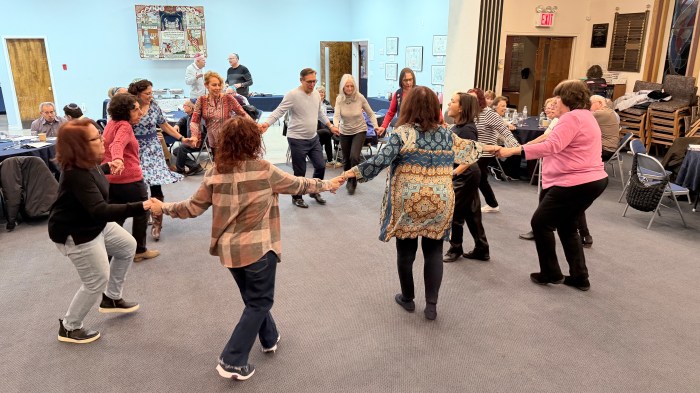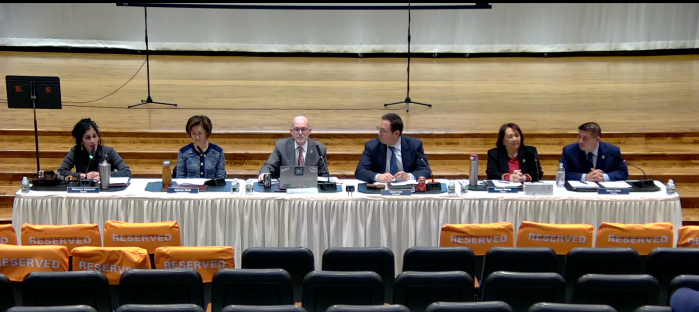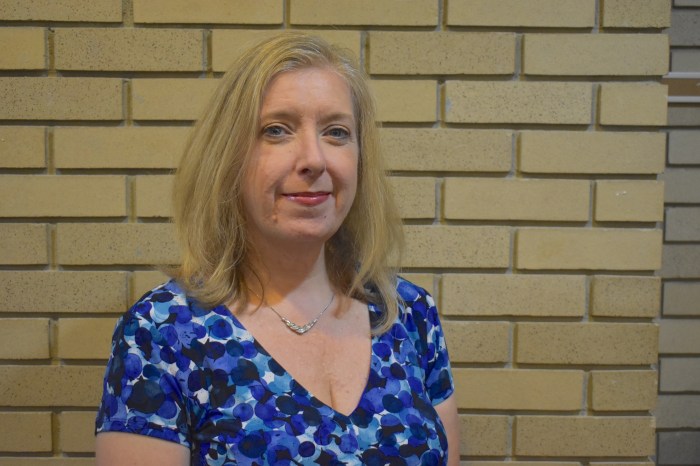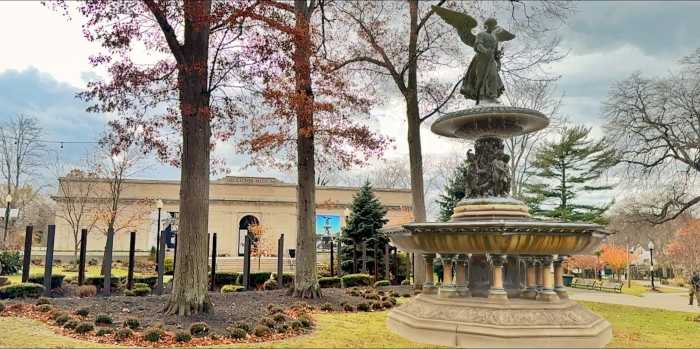The Syosset Central School District held a meeting on Sept. 12, which consisted of two presentations.
The first of the presentations was on the Every Student Succeeds Act (ESSA) Part A Federal Grant Program. ESSA is a federal law that specifies how states and schools can use federal grant money to support districts and students in need.
“The law emphasizes equity in education for all students and expands measures for school accountability and student success,” said Raymond Loverso, the assistant superintendent for curriculum, instruction and assessment.
There are five ESSA annually recurring grants:
Title I, Part A: To support academic programs that provide all children with an opportunity to succeed. This funding is based upon the number of students from low-income families in the district.
Title II, Part A: To support and improve the quality and effectiveness of teachers, principals, and school leaders, to further increase student achievement.
Title III, Part A: To support language enhancement and academic achievement for English as a New Language Programs which support English Language Learner students.
Title IV, Part A: To support teaching, learning, and academic enrichment in order to provide additional enhancement for the academic program.
Title V, Part A: Low-income, rural education.
Syosset is not eligible for Title V, Part A. Districts are required to use a formula to allocate funding, as additional monies must be shared with in-district private schools and Mercy First in Syosset.
“Every June we have a meeting with many different constituency groups, including our PTA, parents and families of Title I students, as well as our in-district private schools,” Loverso said. “It’s done virtually. There’s probably up to 100 people on that call and it’s done in June in the beginning of our application season, which runs through August. The money can be spent from Sept. 1 to Aug. 31 the following year.”
Syosset Central School District will use the Title I, Part A funding to support academic programs that will provide all children with an opportunity to succeed. This funding is based upon the number of students from low income families in the district. The district will implement the funding by continuing support for Elementary Reading Program and Services and services for homeless students. The schools impacted will be Robbins Lane Elementary School, Village Elementary School, South Grove Elementary School and Baylis Elementary School. The district will receive $183,646 under this grant, and $33,887 will be shared with in-district private schools and Mercy First.
Under Title II, Part A funding that works to support and improve quality of faculty, monies will go towards a teacher mentor program and curriculum and instruction professional development aimed at promoting student achievement. The district will receive $85,217 under this grant and $3,324 will be shared with in-district private schools and Mercy First.
Under Title III, Part A, which aims to support language enhancement and academic achievement for English Language Learner students, $36,716 will be allocated towards partial funding of two middle school English as a New Language tutors.
And under Title IV, which aims to support teaching, learning and academic enrichment of all students, $12,522 will be allocated towards partial funding for a dedicated elementary Science, Technology, Engineering and Math (STEM) teacher who will focus on enhancing the kindergarten through fifth grade science program. Shared with in-district private schools and Mercy First will be $488.
In total, Syosset Central School District will receive $355,800 from these grants. Last year, the district received under $320,000.
Following Loverso’s presentation was another presentation about mental health literacy and wellness from Assistant Superintendent for Pupil Personnel Service Erin Goldthwaite and school social workers.
“School social workers are the mental health professionals who provide both direct and indirect support to be able to help our students’ social, emotional and life adjustments to school,” Goldthwaite said. “They are the link between home, school and the community; supporting our students’, our families, as well as our school personnel to be able to promote and support students academic and social success here. They play a vital role in addressing the various needs of our students in the social setting.”
According to a pre-pandemic national study of children’s health, there was an increase in diagnosed mental health conditions like anxiety and depression. There has also been an uptick in behavioral and conduct issues.
And the new challenges posed by the pandemic have only exacerbated these troubling trends.
“It is here that we have to come together as a community to enhance our mental health support and address the ever-changing needs of our student population,” Goldthwaite said. “We spent countless hours during the pandemic by building physical layers to enhance our protection. Our social workers are the mental health layers.”
Throughout the pandemic, students may have felt isolated and they may have felt that they missed out on important life events. As the pandemic comes to an end, school social workers are seeing an increase in requests for counseling and an increase in depression and anxiety in students.
Pupil Personnel Services Director Mary-Lou Sapienza explained the district has a comprehensive framework to provide targeted support to struggling students called Multi-Tiered System of Support.
In Tier 1, which makes up about 80 to 90 percent of the student populations, students are assisted through core instruction and school wide interventions. In Tier 2, which makes up to 5 to 15 percent of the students, they are provided with moderate and targeted interventions such as small group counseling and group or individual check-ins. In Tier 3, which makes up to 1 to 5 percent of students, the students are provided with significant and intensive interventions such as individual and group counseling, home visit or crisis interventions.
“The goal of this framework is to intervene early so that students can catch up with their peers,” Sapienza said. “The essential outcome is to provide our students the tools necessary to make academic, social and behavioral growth. It is designed to help schools identify struggling students early and intervene quickly.”
The key to this system is resources, which include an increase in social worker staff that allows students to move through these tiers more readily. As the Pupil Personnel Services department has grown to seven social workers, there is more space for preventative interventions.
The kindergarten through 12th grade buildings have implemented a mental health literacy curriculum after the New York State acknowledged the importance of addressing mental health in schools four years ago.
“When students learn about mental health as an important aspect of overall health and well-being, the likelihood increases they’ll be able to effectively express their feelings and emotions related to mental health issues and know where to turn for help,” Sapienza said.
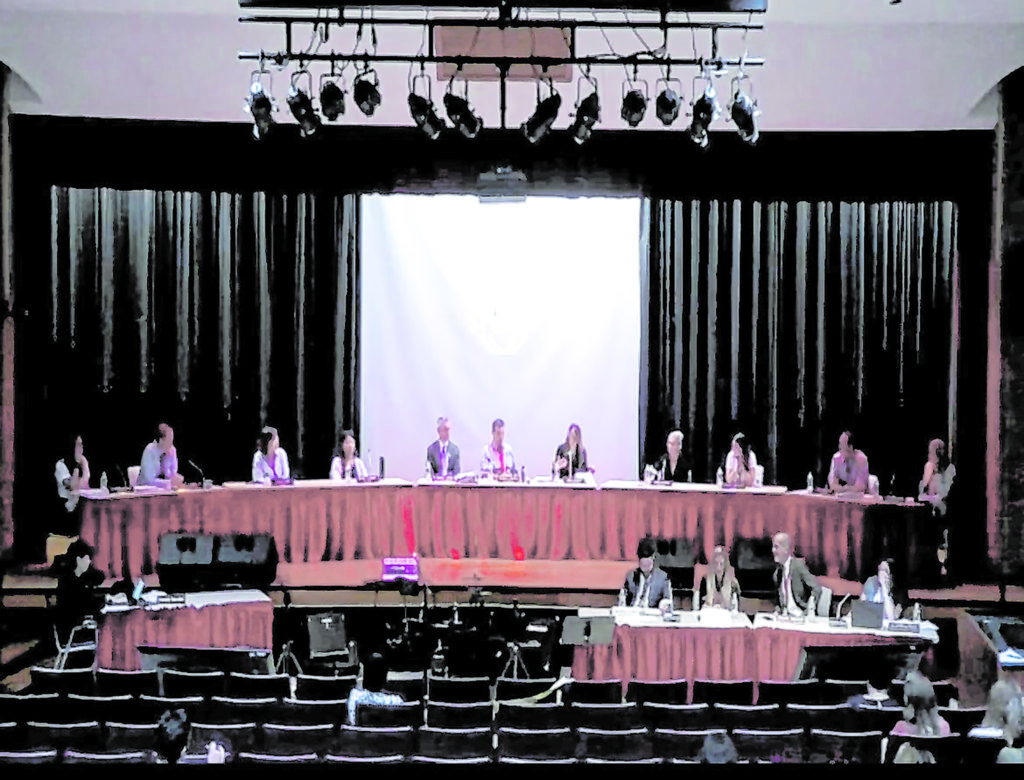
Screenshot




